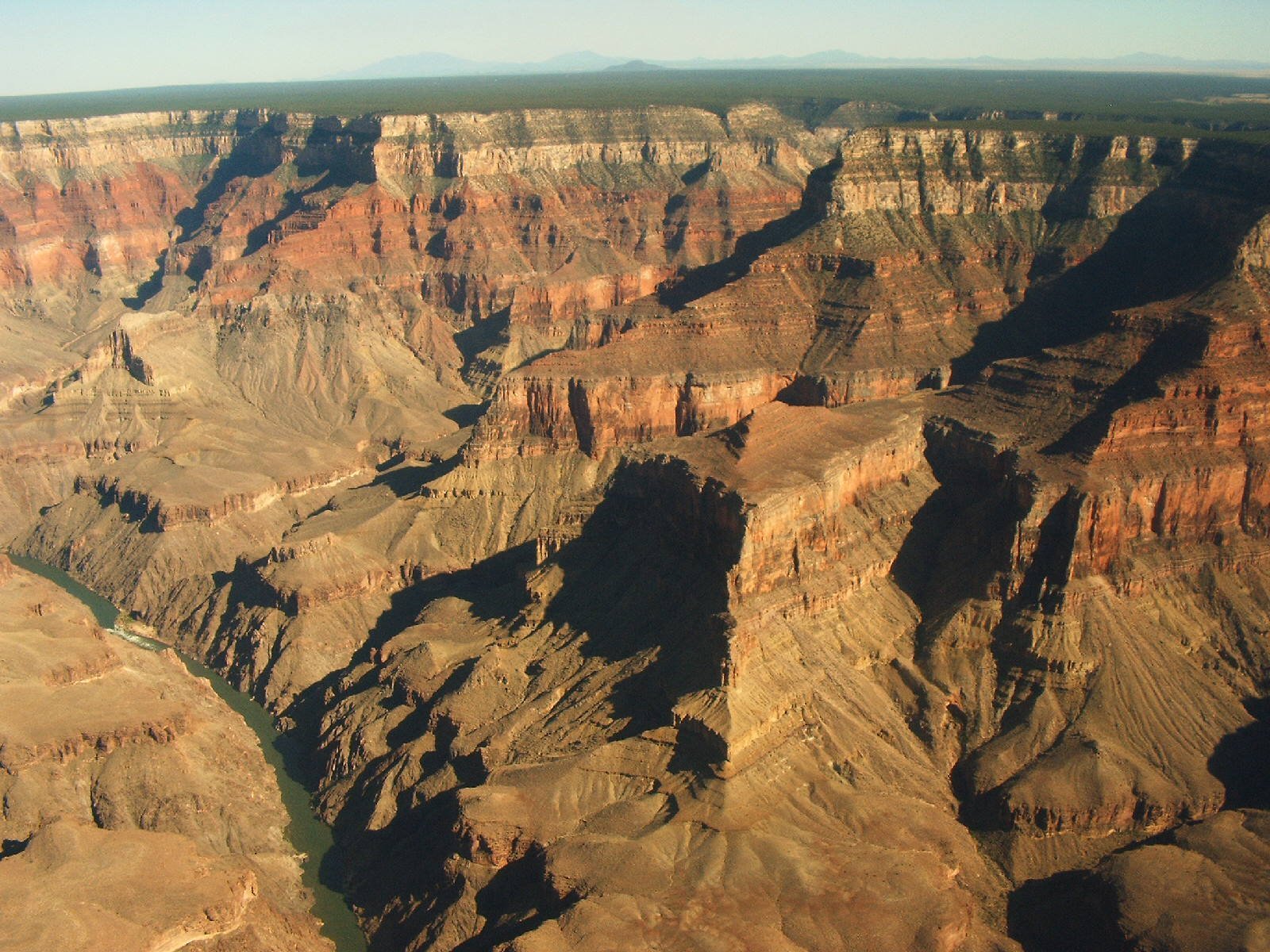The Grand Canyon’s Ice Age represents a profound period of geological transformation, where dramatic climatic oscillations sculpted a landscape of extraordinary complexity. During this epoch, cooler temperatures, increased precipitation, and massive glacial movements dramatically reshaped the canyon’s topography, creating intricate erosional patterns that would define its modern geological character.
What Happened During the Grand Canyon Ice Age?

How Did Climate Impact the Grand Canyon’s Landscape?
The Ice Age dramatically transformed the Grand Canyon’s environment through several critical mechanisms:
- Temperature Fluctuations: Temperatures dropped significantly, creating cooler and more humid conditions
- Increased Precipitation: Wetter climates enhanced erosional processes
- Glacial Influences: Although direct glaciation did not occur, periglacial conditions profoundly affected landscape development
What Geological Changes Occurred?
| Geological Process | Impact on Grand Canyon |
|---|---|
| Enhanced Erosion | Accelerated canyon deepening |
| Sediment Deposition | Formation of complex geological layers |
| Volcanic Activity | Lava dam formations interrupting river flow |
What Evidence Exists for Ice Age Transformations?
Archaeological and geological evidence reveals fascinating insights:
- Rock Layer Analysis
- Sedimentary deposits show climate-induced changes
- Volcanic rocks indicate significant geological activity
-
Stratigraphic records demonstrate environmental shifts
-
Fossil Discoveries
- Cave deposits containing Pleistocene-era fossils
- Evidence of changing ecological systems
- Indicators of wildlife adaptations during climatic transitions
How Did Ice Age Conditions Affect Ecosystem Development?
The Grand Canyon’s ecosystem underwent remarkable transformations:
- Cooler temperatures supported different vegetation patterns
- Increased moisture enabled more diverse biological communities
- Wildlife adapted to changing environmental conditions
What Scientific Techniques Reveal Ice Age Secrets?
Researchers utilize multiple scientific approaches:
- Radiometric Dating: Determining precise geological timelines
- Paleoclimatology: Reconstructing ancient climate conditions
- Sedimentary Analysis: Understanding environmental changes
- Fossil Examination: Tracking biological adaptations
Why Is the Grand Canyon’s Ice Age Important?
The Ice Age represents a critical period of geological and ecological transformation:
- Provides insights into global climate change mechanisms
- Demonstrates landscape evolution processes
- Reveals complex interactions between geological and biological systems
Conclusion

The Grand Canyon’s Ice Age narrative is a testament to Earth’s dynamic geological history, showcasing how climatic variations can dramatically reshape landscapes over millennia.
